How Thibaut, the oldest wallpaper company in America, are keeping up with ever-changing trends
We caught up with Thibaut, the oldest wallcovering company in America, to hear about its role in design history and how it remains industry leading
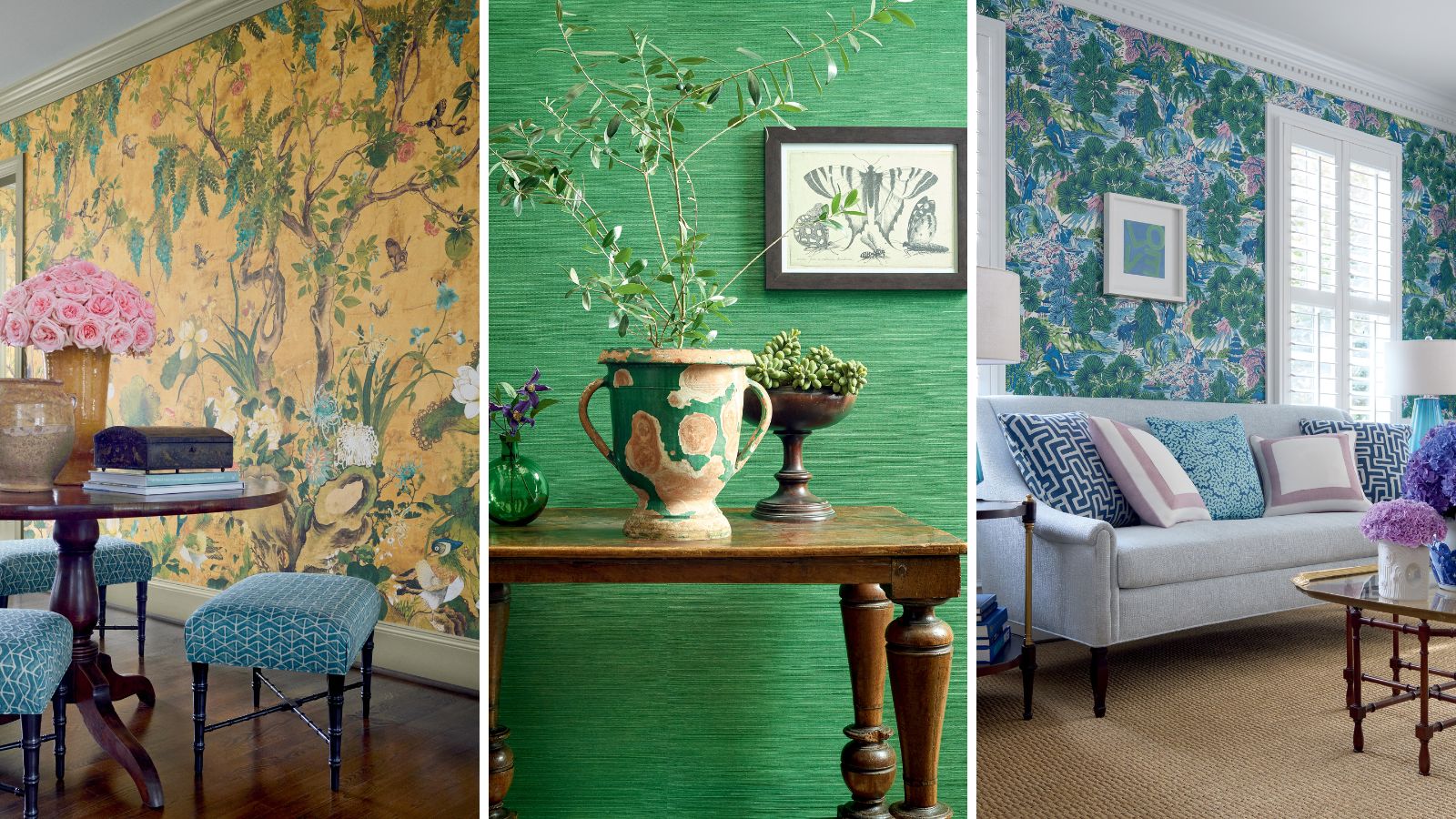
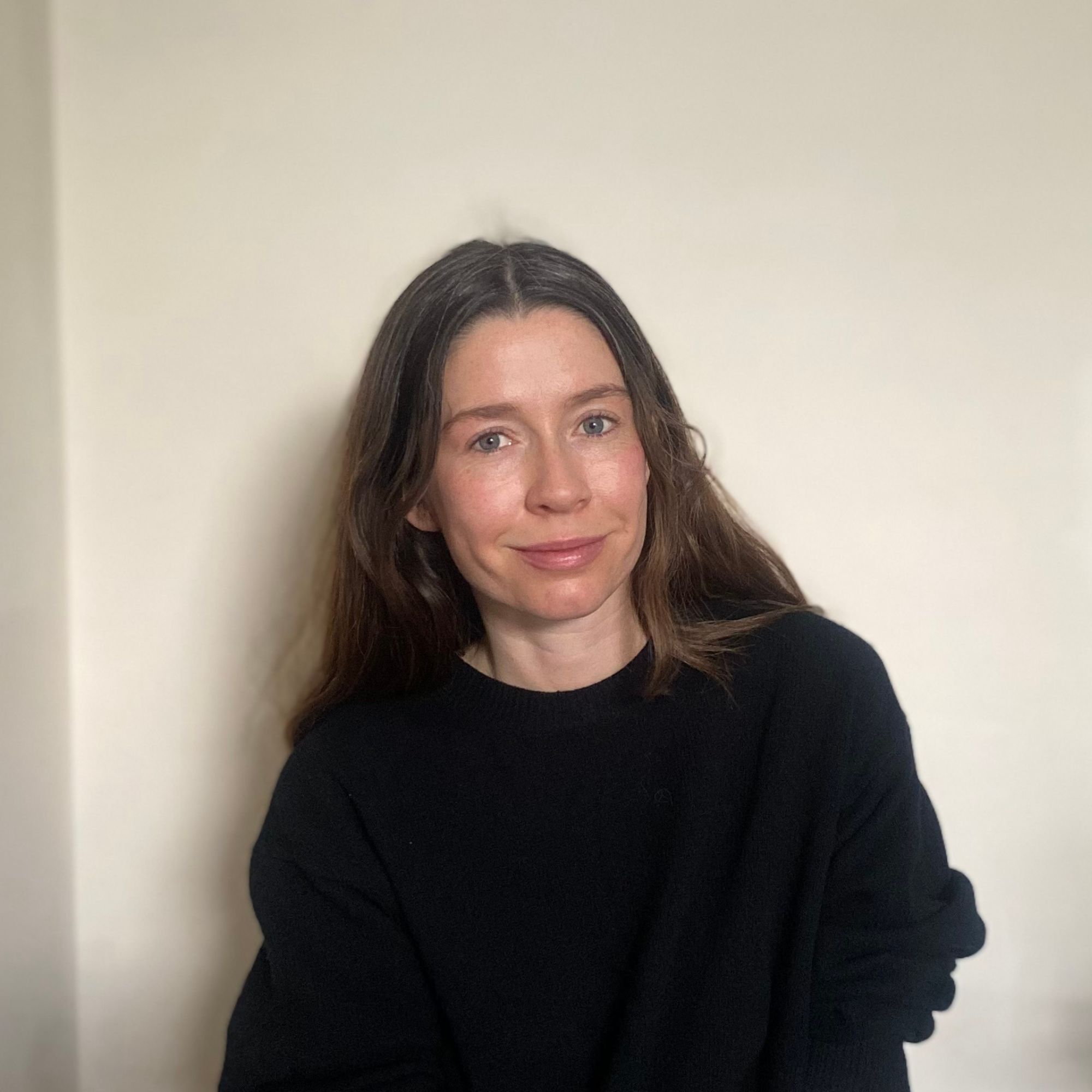
Thibaut is a brand synonymous with American interior design. As an industry leader dealing directly and exclusively with designers, the colorful and classy wallpaper ideas and designs are likely to be familiar to most of us.
What you may not realize, is that Thibaut is the oldest wallcovering company in America, and has a rich and interesting history that has directly impacted the industry. We at H&G had the chance to speak to the core creative team, taking a deep dive into the origins of the design house and how it’s evolved.
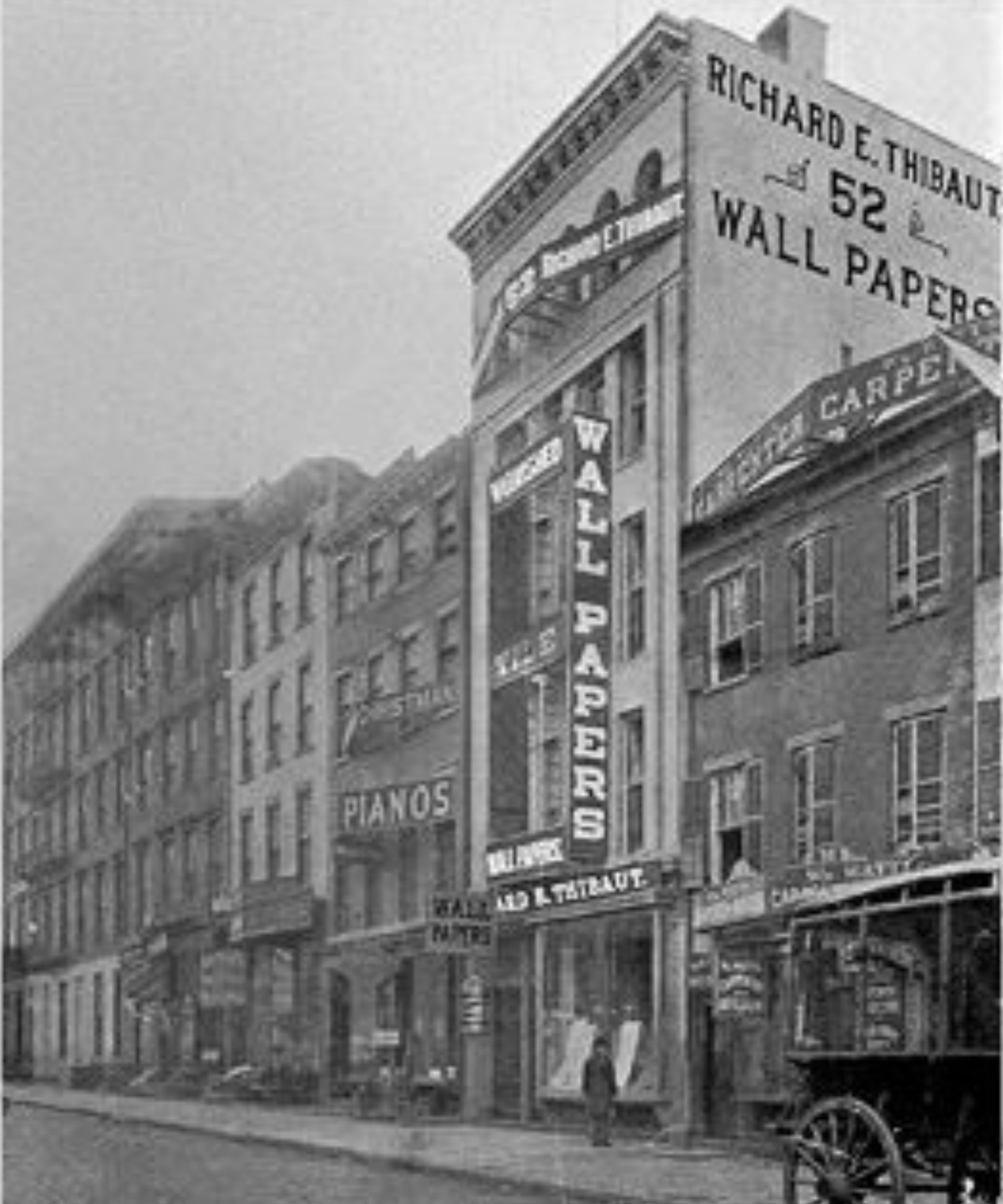
What's the origin story?
It was 1885 when Richard Thibaut set up his humble wallpaper business in New York. An American of Parisian descent, he started as a door-to-door salesman, visiting homes to showcase his wallcoverings by horse and cart.
He opened a bricks-and-mortar store a few years later in downtown New York, just before the turn of the century. The company was owned by three generations of his descendants before eventually it was sold to employees.
In these early days, the designs were sold mostly in Newark and Boston, as well as New York. Despite two world wars, the housing boom in the latter half of the 20th century helped the company to establish a firm footing and begin to grow – in the 60s, fabrics were introduced, defined by colorful pattern.
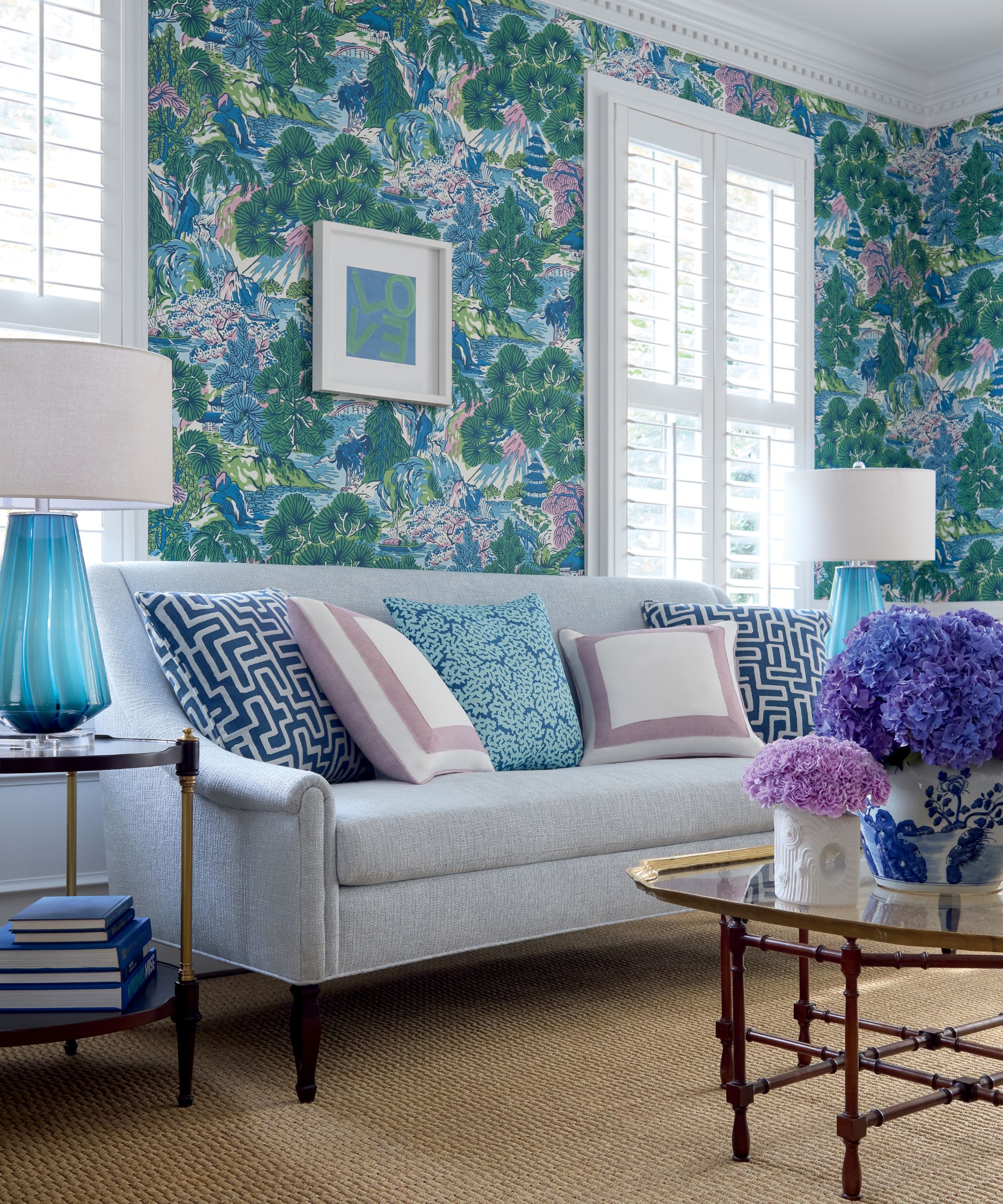
How did Thibaut evolve?
Much of the origin story of Thibaut aligns with the company’s values today, and Richard’s ‘wallpaper book’ method of showcasing is still used today in the industry. As the oldest wallcovering company in America, it has had a strong cultural history – designs have featured in iconic movies like Forest Gump and decorated the walls of the White House.
Whilst the business has grown to encompass a full design service - offering fabrics, furniture, and rugs alongside wallpapers and coverings, the designs are still largely sold by traveling salespeople today, who work much as Richard did all those years ago, however today, Thibaut sells exclusively to trade.
Sign up to the Homes & Gardens newsletter
Design expertise in your inbox – from inspiring decorating ideas and beautiful celebrity homes to practical gardening advice and shopping round-ups.
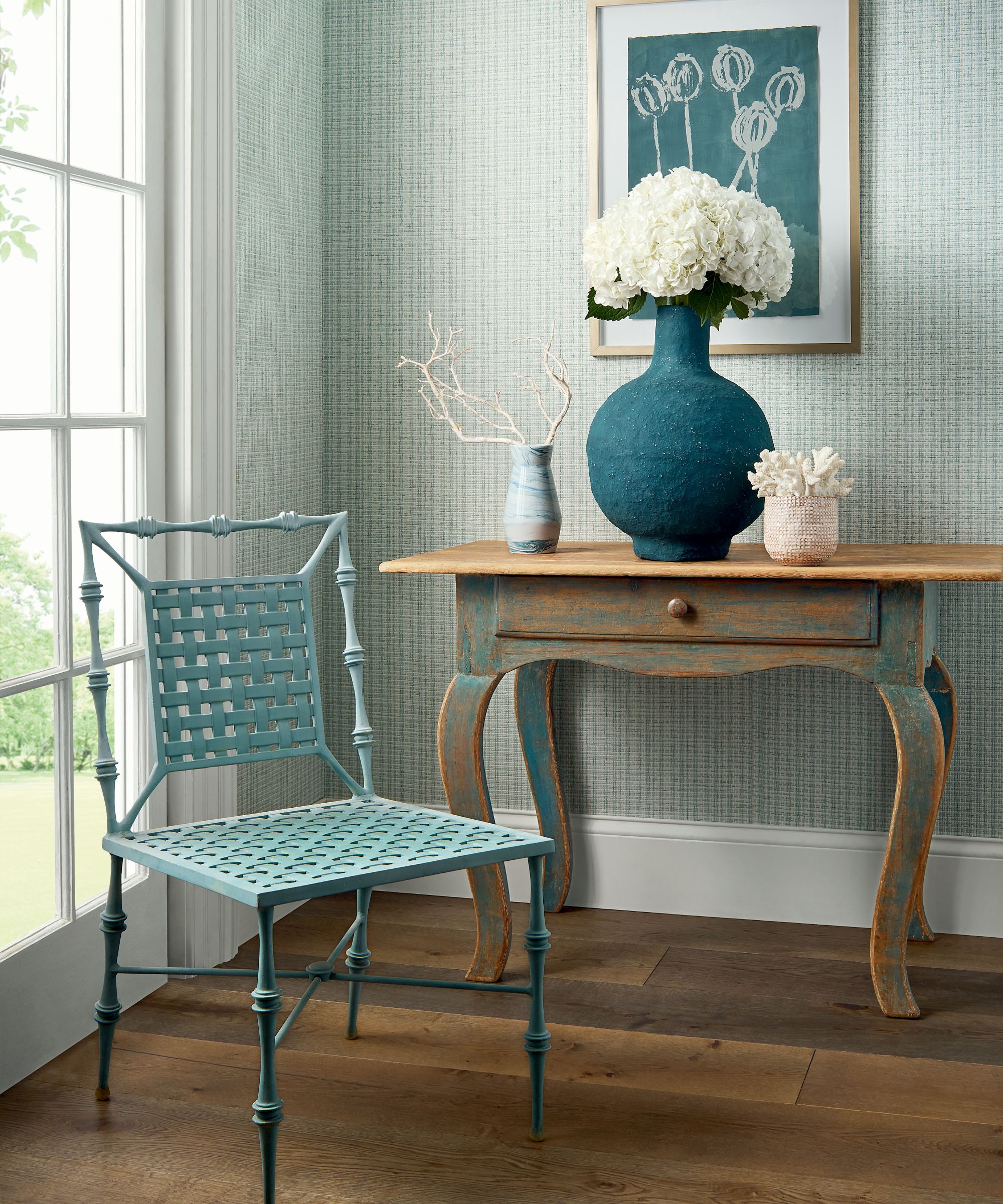
What else makes Thibaut unique?
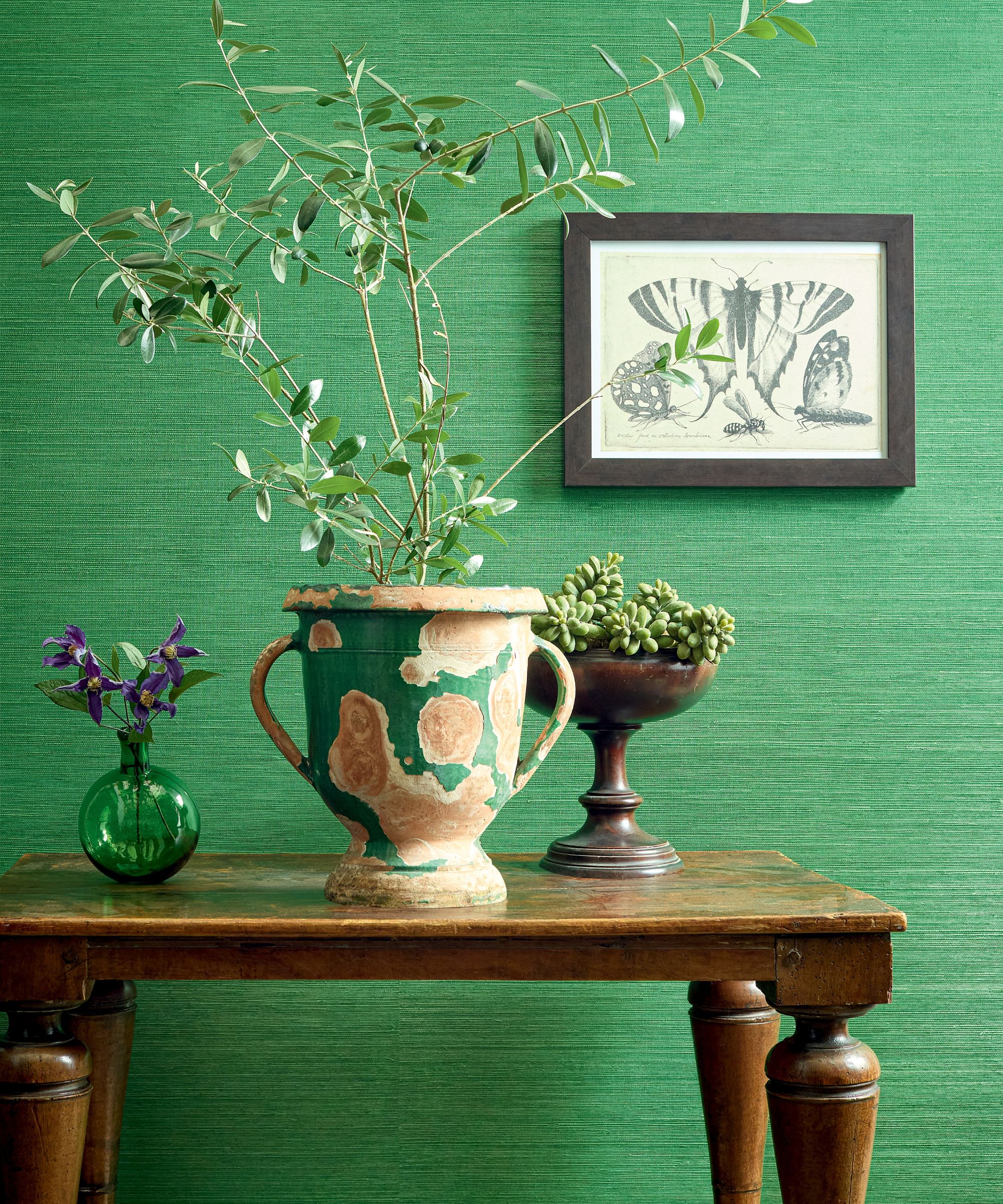
Headquarters remain in New Jersey, but the sales team regularly travels across America and beyond to display new designs, working closely with leading interior designers, and taking on their feedback. It's this collaborative relationship that sets them apart.
Thibaut constantly improves their collection, staying ahead of advancing tech, and creating unique design solutions. Today the group continues to be managed by a small, close-knit team, incorporating the Coraggio, Anna French, and Thibaut Fine Furniture brands, as well as the core Thibaut line.
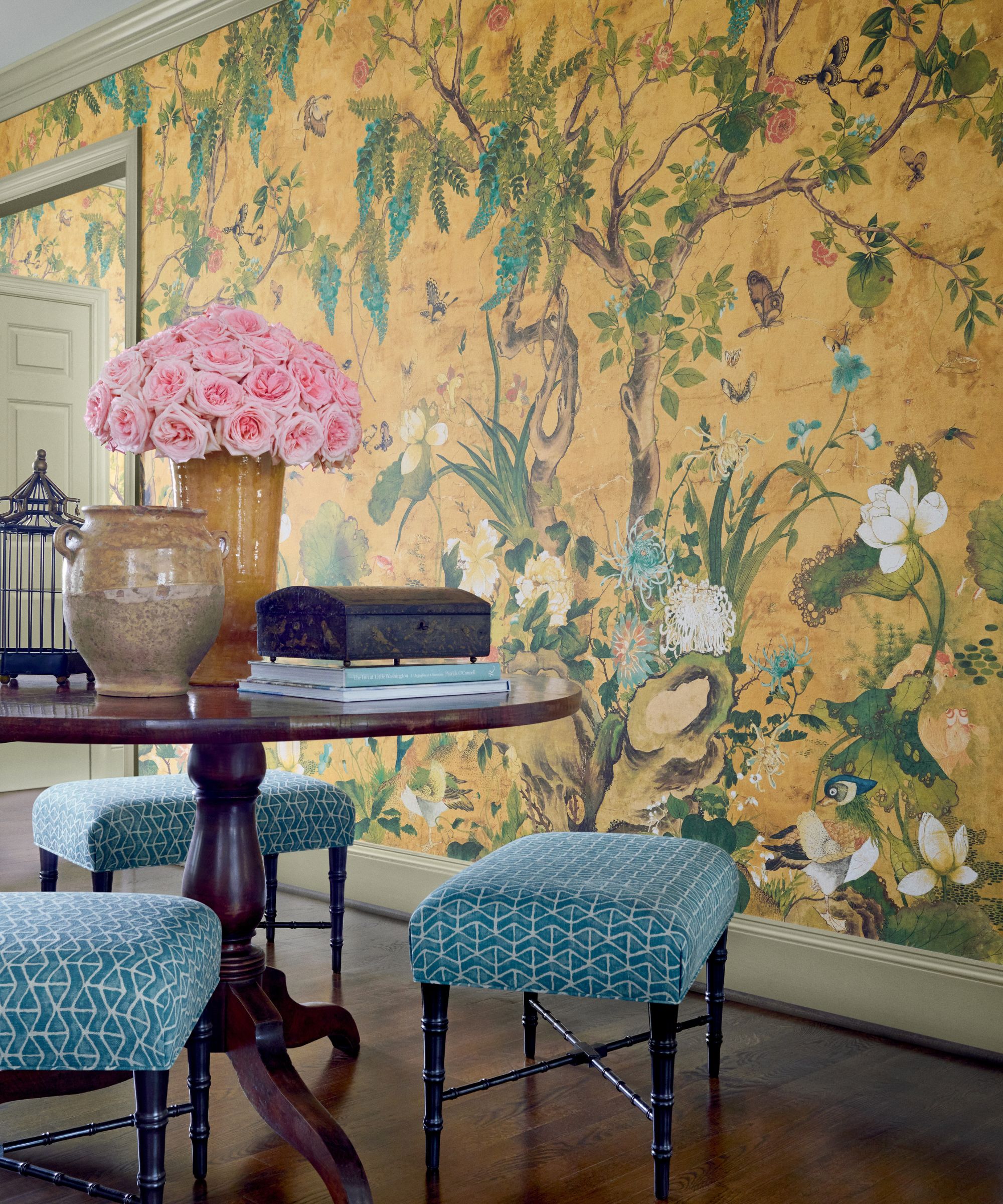
What are the different identities of the brands?
Anna French is an English designer who began producing designs in the 60s and established her brand in London and Scotland. For Thibaut, this collection acquired in the 90s has become the more romantic, feminine, and whimsical of their offerings, and continues to capture a feeling of ‘British’ style.
Coraggio is a brand richly inspired by European textiles, and offers a more neutral color palette - here the focus is on interesting textures. The brand is a go-to for commercial design, due to its availability in extra wide widths.
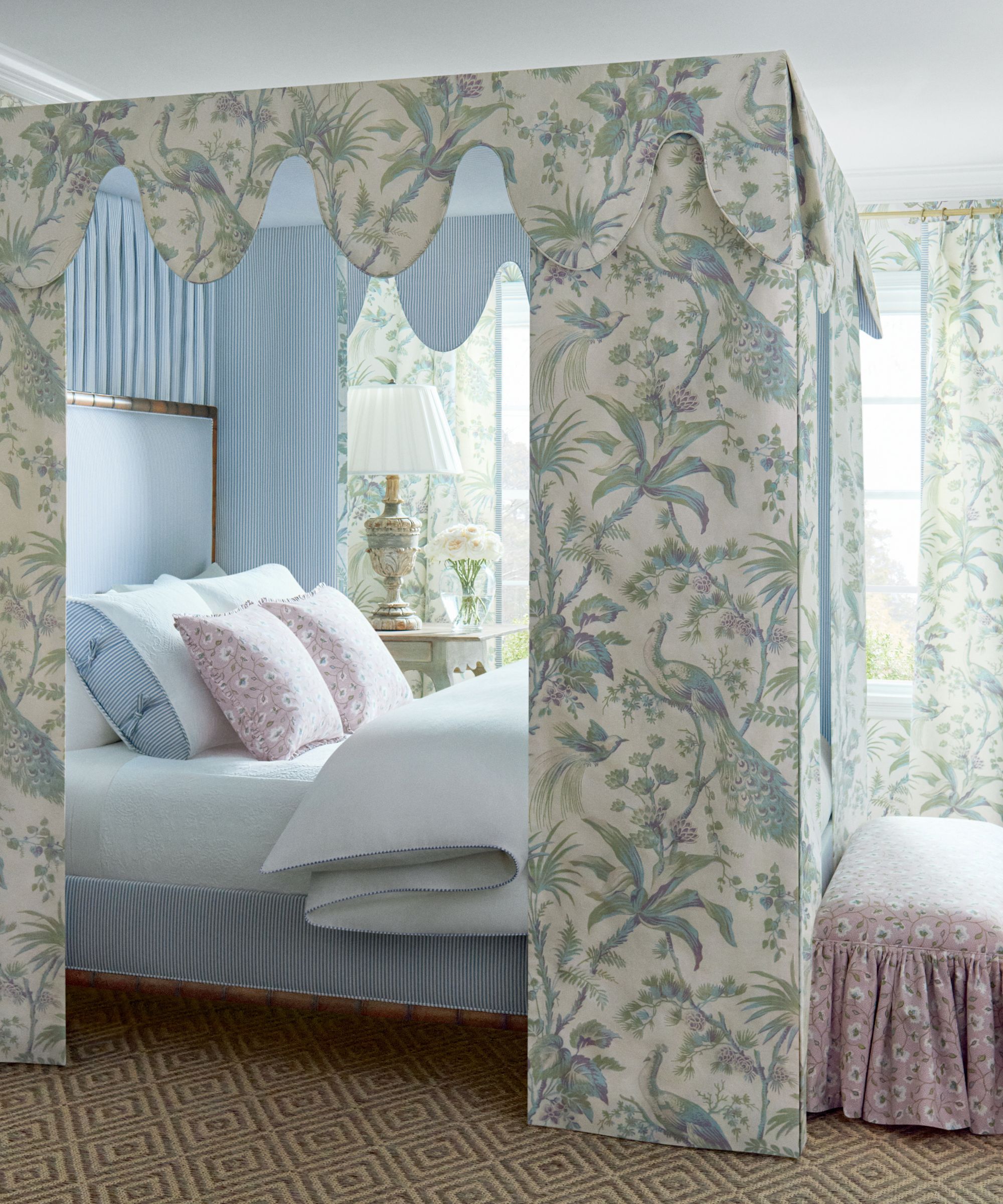
The ‘Fine Furniture’ line came about in 2012 – creating heirloom quality furniture, handcrafted from workshops in North Carolina. This year they’ve started to sell their first decorative trimmings, as well as their very latest offering – cut-to-order area rugs.
The core 'Thibaut' collection is the most traditionally ‘American’ in terms of color and design. The bright green and blue patterns that are so well known continue to be hugely popular in southeastern states of America. When asked how they would sum up this key, core line, the team often comes back to the words ‘jolly, happy, and bright’.
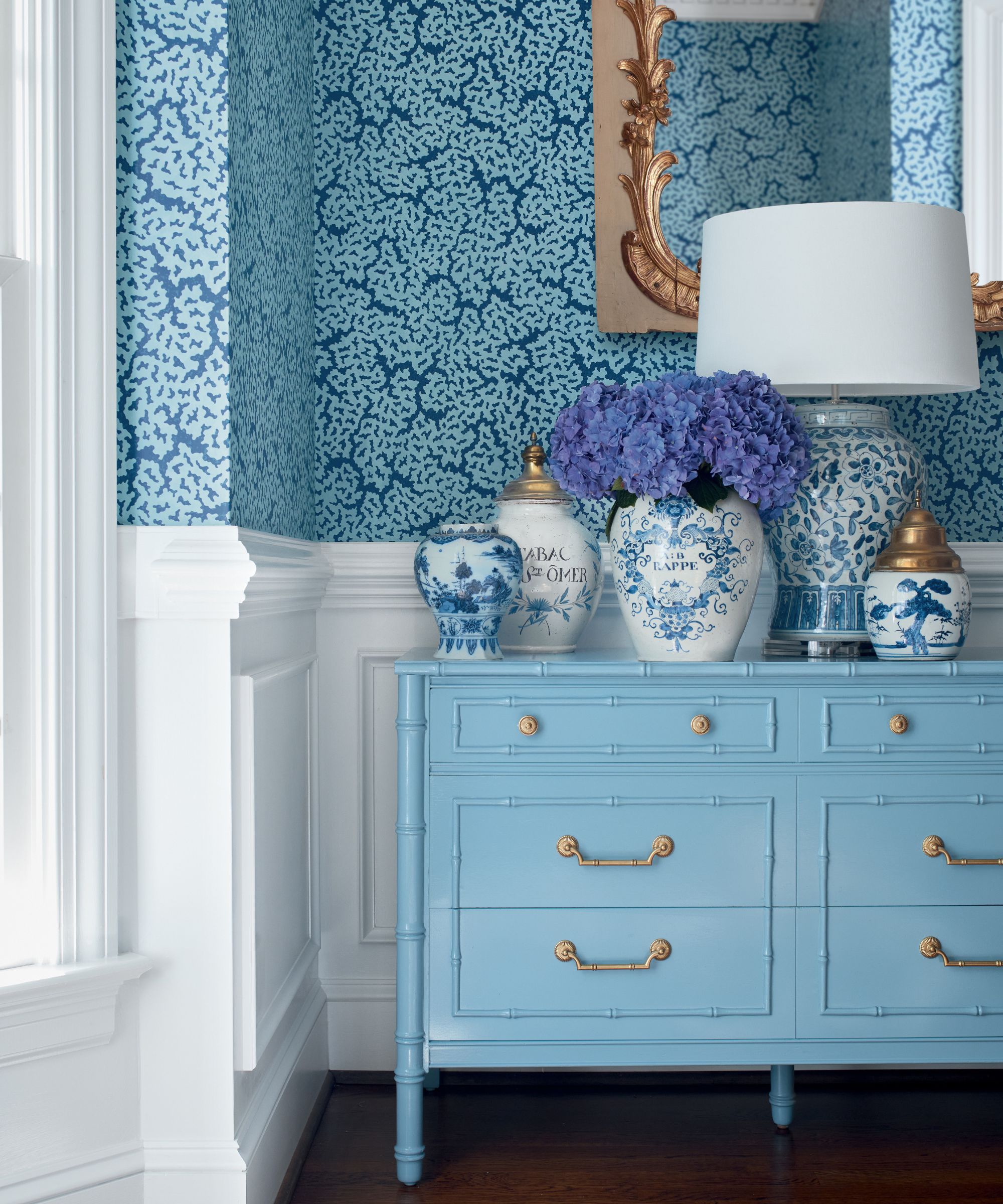
How do you remain inspired?
How do they still find inspiration, 100 years down the line? Thibaut has access to a vast archive of historical designs – their oldest book dates back to 1915. They tell me that contemporary color combinations are the key to making old designs feel ‘fresh’. As well as this, they often look to the work of artists to find inspiration, as well as nature.
The design process remains organic and highly creative – their Art Director has an art school background – Thibaut was her first job after leaving school, and she’s remained at the company for over 40 years.
When asked about the biggest changes on the scene, and most dominant trends currently, they talk about our love for color, preference for a rich jewel tone over a neutral, and design that is ‘happy’ and ‘playful’ – that is the Thibaut way.

-
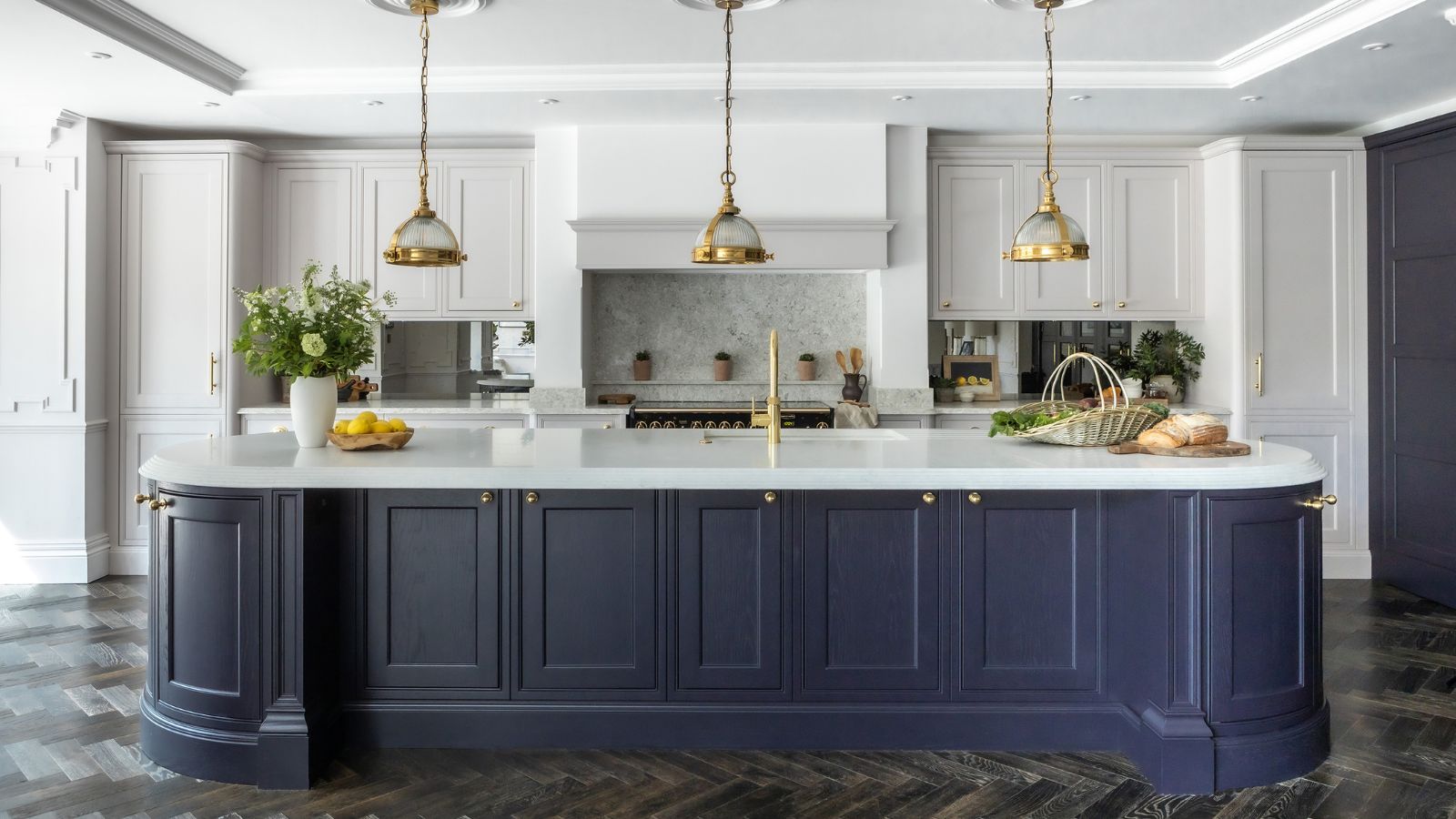 5 functional faucet fixes to instantly improve your indoor water pressure – from quick tricks to home plumbing overhauls
5 functional faucet fixes to instantly improve your indoor water pressure – from quick tricks to home plumbing overhaulsYou don't have to live with an annoying trickle of water
-
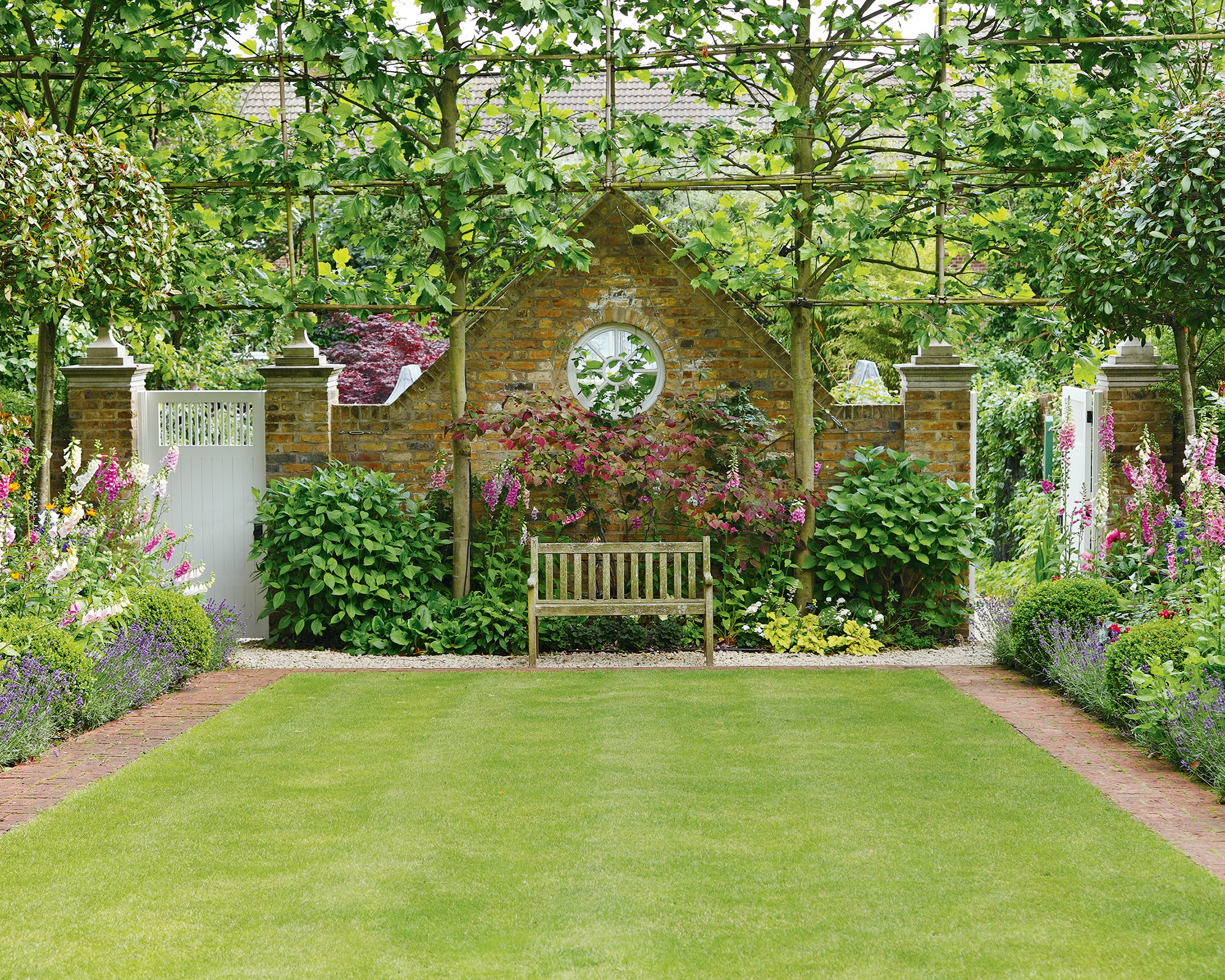 ALDI's latest garden planter display promises to turn underused corners and tiny spaces into a flower-filled paradise – I predict it will sell out this week
ALDI's latest garden planter display promises to turn underused corners and tiny spaces into a flower-filled paradise – I predict it will sell out this weekGet creative with your garden corners. The decorating possibilities are endless with this highly-anticipated display